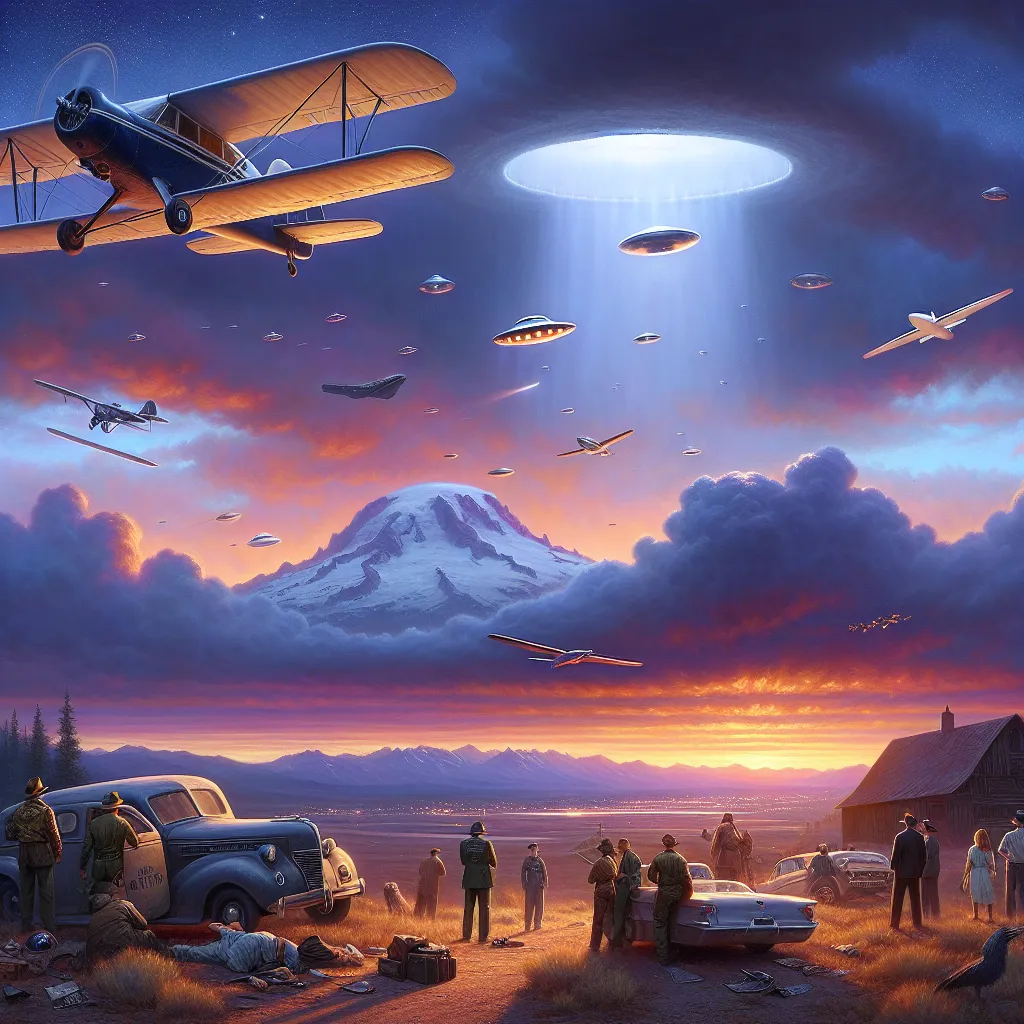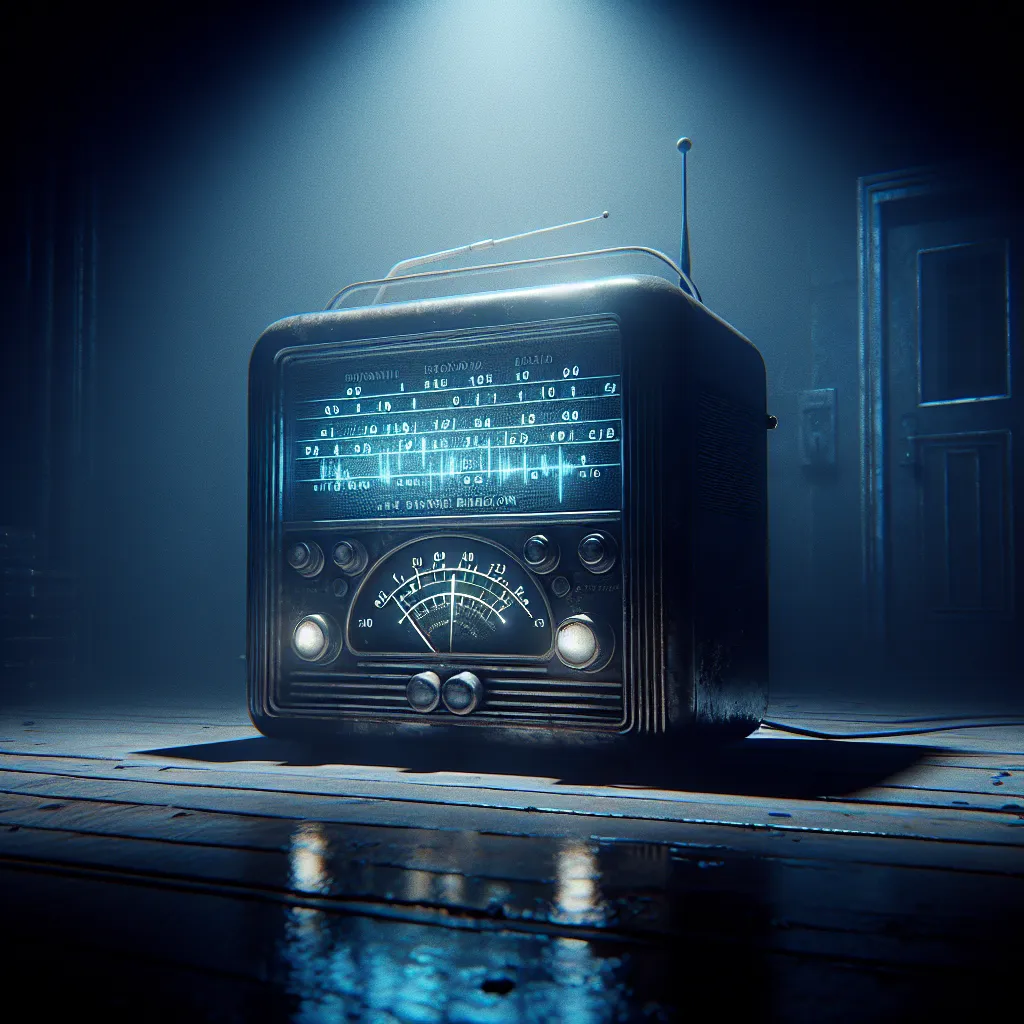Kenneth Arnold soared above Mineral, Washington on a sunny afternoon in June 1947, with an eye peeled for a lost U.S. Marine Corps plane. As his small aircraft zipped near Mount Rainier, something shiny caught his reflection. He glanced up to witness not one, but several shiny objects darting across the sky in an improbably tight formation. The kicker? These streaking objects had no tails and moved faster than anything Arnold had ever laid eyes on. They vanished near Mount Adams, leaving a bewildered Arnold to recount his experience to anyone at Yakima Airport who would listen.
By the time Arnold reached Pendleton, Oregon, news of his encounter had already spread, capturing the media’s interest. “They moved like a saucer skipping across water,” Arnold described. Thus, the term “flying saucer” was born, ensnaring public imagination and setting the stage for unfolding events that would leave an indelible mark on history.
Fast-forward to the pitch-black skies around New Mexico, on the night of July 1, 1947. Local radar screens in Roswell buzzed with fast-moving blips, prompting concern. At approximately the same time, Dan Wilmett and his wife were enjoying the intense lightning storm from their porch when they observed a glowing, oval object zip across the sky and vanish. Steve Robinson saw it too, hurtling faster than any plane as it streaked past his truck.
Local sheriff George Wilcox started fielding numerous calls about UFO sightings, but when rancher Mack Brazel brought strange metallic debris to his office, it jolted the situation from rumor to real. Major Jesse Marcel from Roswell Army Airfield joined Brazel in inspecting the debris-covered site. They wrapped up the curious fragments and took them back to the base.
Little did Marcel realize at the time, but something monumental was unfolding. The morning after he showed those materials to his commanding officer, Colonel William Blanchard, the Roswell Army issued a public statement claiming they had recovered a “flying disc.” However, a quick retraction followed, labeling the wreckage as remnants of a weather balloon. What seemed a sensational UFO report suddenly morphed into a tale of mundane misidentification.
Years later, official reports attempted to unveil the truth. A congressional mandate in the ’90s unearthed a story of Project Mogul, a covert military initiative involving high-altitude sensors designed to detect Russian nuclear tests. Proponents of this theory assert that the soldiers at Roswell weren’t privy to this top-secret program, confusing the Mogul wreckage with something extraterrestrial. However, skeptics argue the rapid change in narrative raises too many eyebrows.
The Air Force also tried to explain reported sightings of alien bodies by attributing them to high-altitude parachute tests involving crash test dummies. But, this so-called solution had its own set of problems given the time discrepancy between the dummies’ deployment in the ’50s and the Roswell incident in ‘47. Time compression, they called it—a flimsy excuse to many.
Despite countless declassified documents, public confessions, and sensational news coverage, the Roswell incident remains shrouded in mystery. Witness accounts, though numerous, often conflict or suffer from memory’s natural erosion. Yet, compelling fragments persist—like FBI memos hinting at recovered saucers, secretive operations, and bodies dressed in metallic suits.
Decades have passed, yet Kenneth Arnold’s shiny objects near Mount Rainier and Mack Brazel’s strange metallic debris continue fueling curiosity. Whether a harbinger of Cold War paranoia or undeniably otherworldly, the Roswell tale endures. Perhaps it’s the very ambiguity that keeps the legend alive. One thing’s for sure: The sky above New Mexico will never look quite the same.






